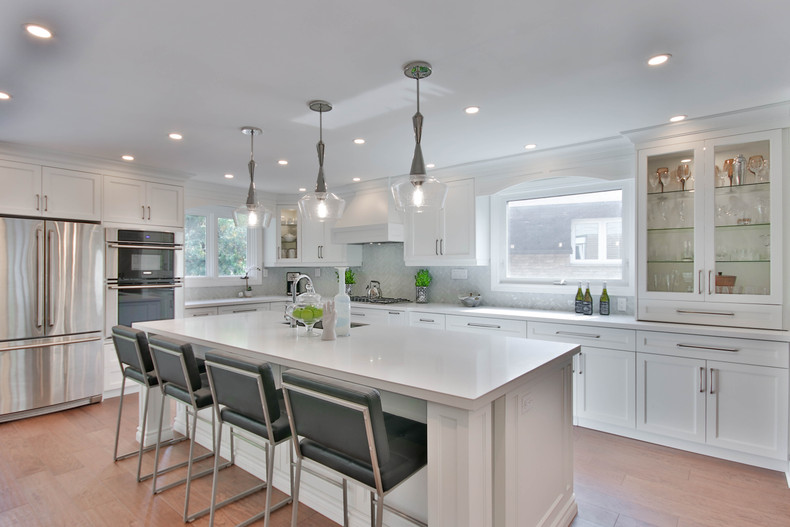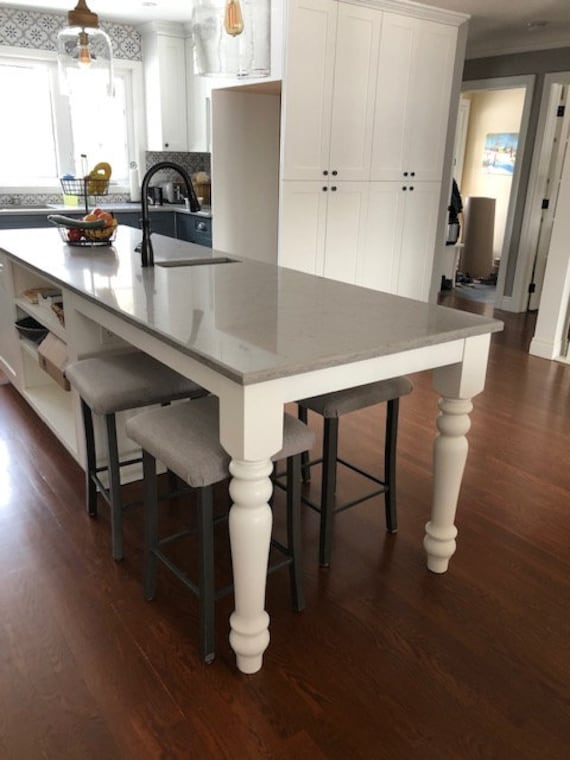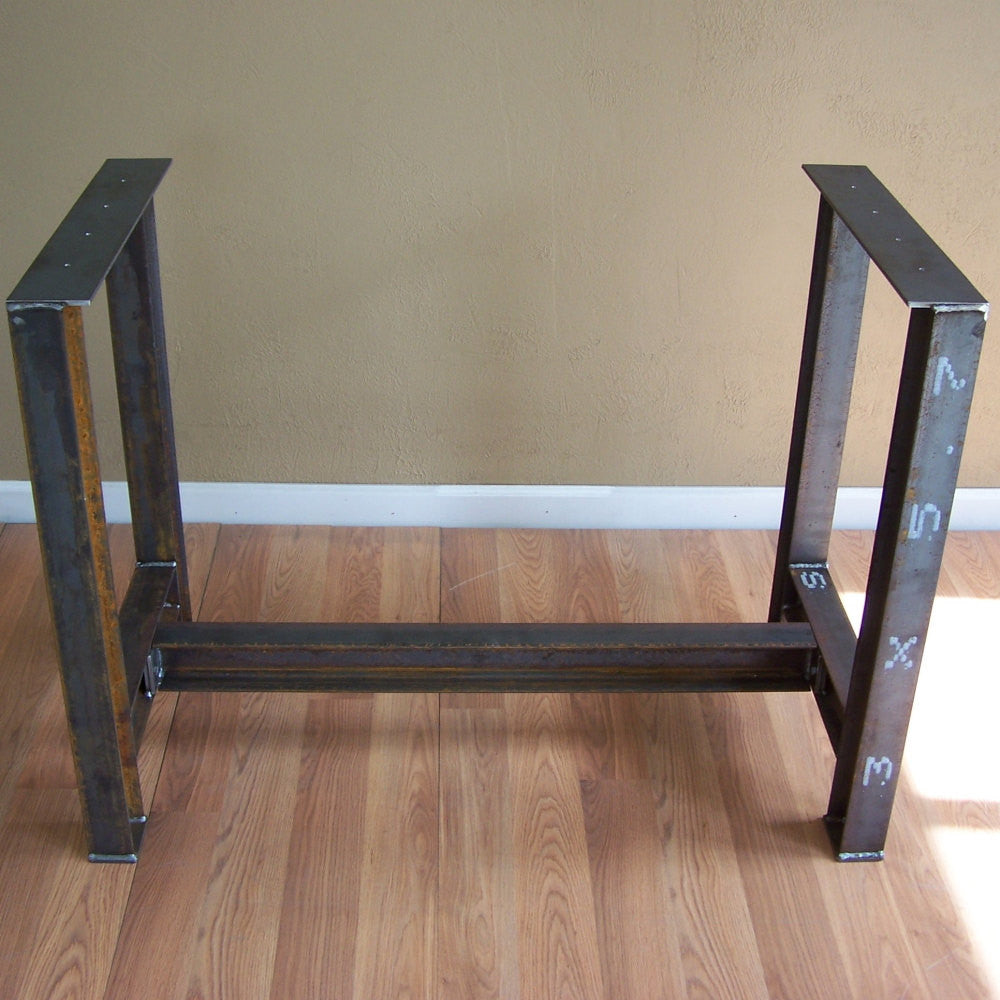Discover Affordable and Chic Solutions in Legs For Kitchen Island Updates
Discover Affordable and Chic Solutions in Legs For Kitchen Island Updates
Blog Article
Vital Elements to Take Into Consideration When Picking Legs For Kitchen Island
Selecting the proper legs for a kitchen area island involves a careful assessment of several variables that can significantly affect both capability and aesthetic appeal. Among these, the selection of product plays an essential function in guaranteeing resilience, while the design has to complement the existing decor. Furthermore, factors to consider such as height and weight support are crucial for security and comfort. As we check out these aspects, it comes to be clear that each choice can have significant implications for the total kitchen area experience. What subtleties should be thought about in each of these categories to attain the ideal equilibrium?
Product Options
When selecting legs for a kitchen area island, recognizing the various material choices is essential for accomplishing both visual appeal and structural stability (Legs For Kitchen Island). The selection of material substantially influences not just the durability of the island however likewise its total design and performance
Steel legs, usually made from stainless steel or functioned iron, add a modern-day and commercial feel while ensuring resilience and stability. These materials are resistant to wear and can sustain significant weight, making them ideal for bigger islands.
Another option is engineered materials, like MDF or plywood, which can be more cost-effective while still supplying a range of coatings. They may not offer the same degree of security as solid timber or steel. Legs For Kitchen Island. Products such as acrylic or glass can produce a contemporary appearance, though they may call for added support to ensure security.
Eventually, the selection of product for kitchen area island legs need to line up with the desired functionality and the general theme of the cooking area.
Design And Style

When taking into consideration design, the shape and coating of the legs are critical. Tapered legs can offer a sense of lightness and beauty, while thicker, a lot more robust legs can communicate strength and stability. In addition, the finish-- be it painted, stained, or natural-- should complement the cabinetry and counter top products to develop a unified appearance.
Additionally, the style of the legs can also mirror personal taste. Custom or attractive legs, such as those featuring elaborate makings or special geometric shapes, can serve as focal points, adding personality and personality to the kitchen. Inevitably, the best choice will not just improve performance but also boost the visual charm, making the kitchen area island a standout function of the home.
Height Factors To Consider
Selecting the appropriate elevation for kitchen island legs is critical, as it straight impacts both capability and comfort. The conventional elevation for a kitchen area island commonly ranges from 36 to 42 inches, straightening with common counter top elevations.

It is also vital to account for customers' choices and heights. Customizing the elevation can make sure a comfortable experience for all relative, making the kitchen island a much more pleasurable and functional room.
Weight Assistance
Ensuring ample weight support for kitchen island legs is crucial for both safety and performance. The kitchen island usually serves numerous functions, consisting of food prep work, dining, and added storage, requiring a robust support framework. When selecting legs, Read More Here it is critical to think about the total weight capacity called for based on the island's meant usage and the materials that will be positioned on it.
The choice of product for the legs plays a significant function in their weight-bearing capacities. Solid timber, steel, and heavy-duty compounds generally supply premium stamina contrasted to lighter products. Additionally, the style of the legs-- whether they are right, tapered, or have a pedestal form-- can influence their capability to distribute weight successfully throughout the structure.
Additionally, the leg positioning need to be strategically prepared to boost security. Legs placed at the corners or with a bigger base can better support much heavier lots. Constantly consult the producer's specs pertaining to lots limits to guarantee that the legs can maintain the intended weight without compromising safety. In recap, choosing kitchen area island legs with appropriate weight assistance is crucial for developing a safe and useful cooking room.
Installment and Upkeep
Correct installment and upkeep of cooking area island legs are important for guaranteeing long life and stability. This often entails securing the legs to the island base making use of suitable bolts, making sure that the legs are level and aligned.
When installed, routine upkeep is needed to preserve the stability and look of the legs - Legs For Kitchen Island. For wooden legs, routine cleansing with a damp fabric and application of ideal wood gloss can prevent wetness damages and maintain their surface. Steel legs may need a mild cleaning service to get rid of grease and gunk, adhered to by a dry fabric to protect against corrosion formation
Additionally, check the legs regularly for signs of wear or damage, such as fractures or click here now loose joints. Tightening up screws or screws as required can additionally prolong the lifespan of the legs. By adhering to these setup and maintenance methods, house owners can make certain that their cooking area island continues to be sturdy and visually appealing for years to come.
Conclusion

Aesthetic comprehensibility is extremely important in selecting the style and style of legs for a cooking area island, as these components significantly affect the total setting of the space. Tapered legs can offer a sense of lightness and sophistication, while thicker, extra durable legs can convey strength and stability.Choosing the suitable elevation for kitchen area island legs is critical, as it straight influences both functionality and comfort. In summary, selecting kitchen island legs with sufficient weight support is vital for producing a practical and risk-free culinary space.
In conclusion, selecting legs for a kitchen island necessitates careful factor to consider of numerous variables, consisting of product choices, design, height, weight assistance, and installment.
Report this page